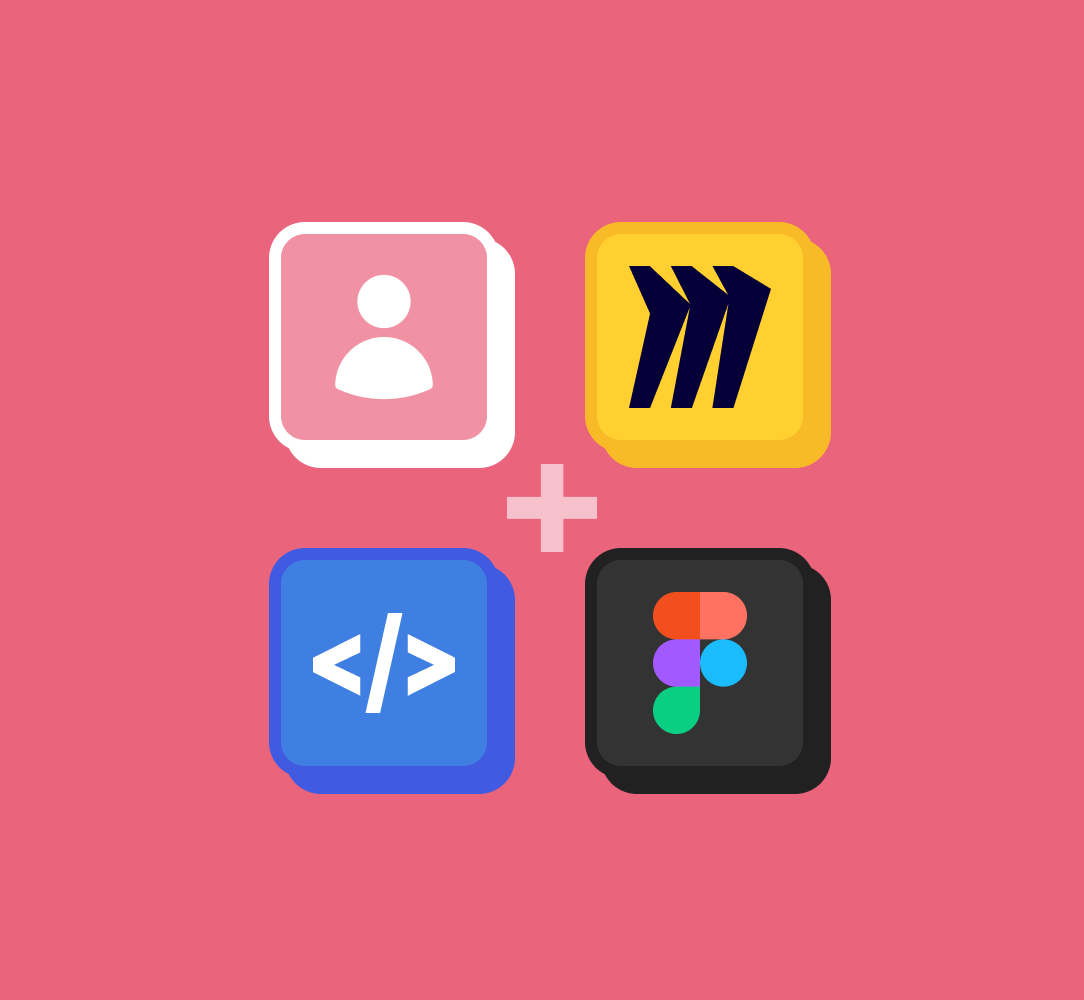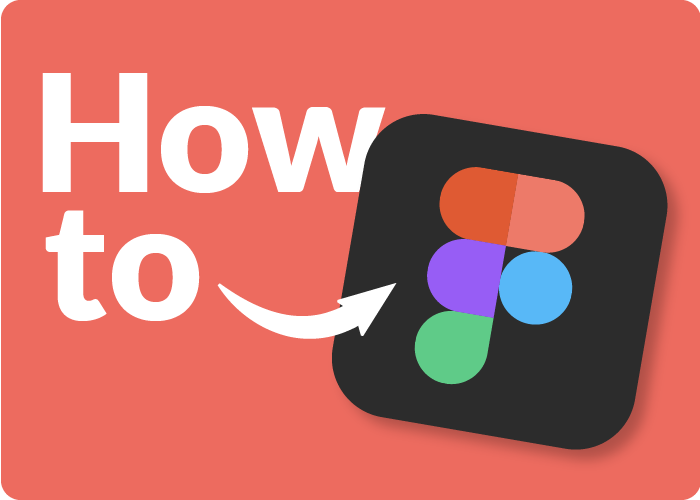BUILDING DESIGN THINKING INTO A TEAM
When I joined Loqbox in 2022 the team had been without a designer for some time so many of the projects had been planned, mapped out, and designed by the product managers on their respective products with little design thinking, all while doing the best they could. They had managed to deliver some outstanding features, but in doing so they had failed to consider design thinking when coming up with their solutions.
To combat this I ran several sessions and built more design processes into the wider team. The hope was to not only raise the knowledge of the team but also help build a stronger case for Design and its standing within the product team and the wider company. This would mean it would be easier for design to have clear input in projects. It would also show the company what design is responsible for and show that the designers on the team know what they are talking about.
The challenge
The workshops
While at Loqbox I ran several workshops focused on different aspects of the design process/product creation. These workshops included the below examples:
Figma: The basics + Atomic design
Due to the rework of almost all the existing figma files (See Loqbox Design System) I wanted to create a workshop to explain the fundamentals that go into the creation of our elements. I also used this opportunity to explain the new way in which the team can view and filter through the different Figma files.
Design system run through
This was focused on all things Design Systems. Explaining how I’ll be building and re-using components. How these changes will come into effect and what to do if they aren’t seeing the new components shown within the file. I also took this as an opportunity to showcase the new labeling system within files and how the product team is able to make copy changes without breaking the component, should they need to.
Miro workshopping
These sessions would focus on working through potential design solutions for our user’s needs. I ran these mainly with product members to come up with solutions and then these would then become the means in which we would explain the solutions to the wider teams. These included journey mapping, idea generation, interview planning and then results, and more.
Shared research + Explanation of how to run the tests and findings
During these sessions, I took the team through how they should set up and run their user testing. From the initial creation of the questions, prototypes, and audiences, through to the set-up within Usertesting.com, and then finally talked them through a few methods in which they can synthesise their results before sharing them with the wider team in an easily digestible way.
Response
Overall the response was better than I expected. Teams took the information onboard and better understood how to incorporate design thinking into their work. Many also changed their processes to help facilitate design or otherwise bring the team in for relevant conversations as they understood the goals and parameters of the design team better. And for those teams that didn’t change where they should, these workshops worked as a good stepping stone to bring in conversations around any problem areas.






